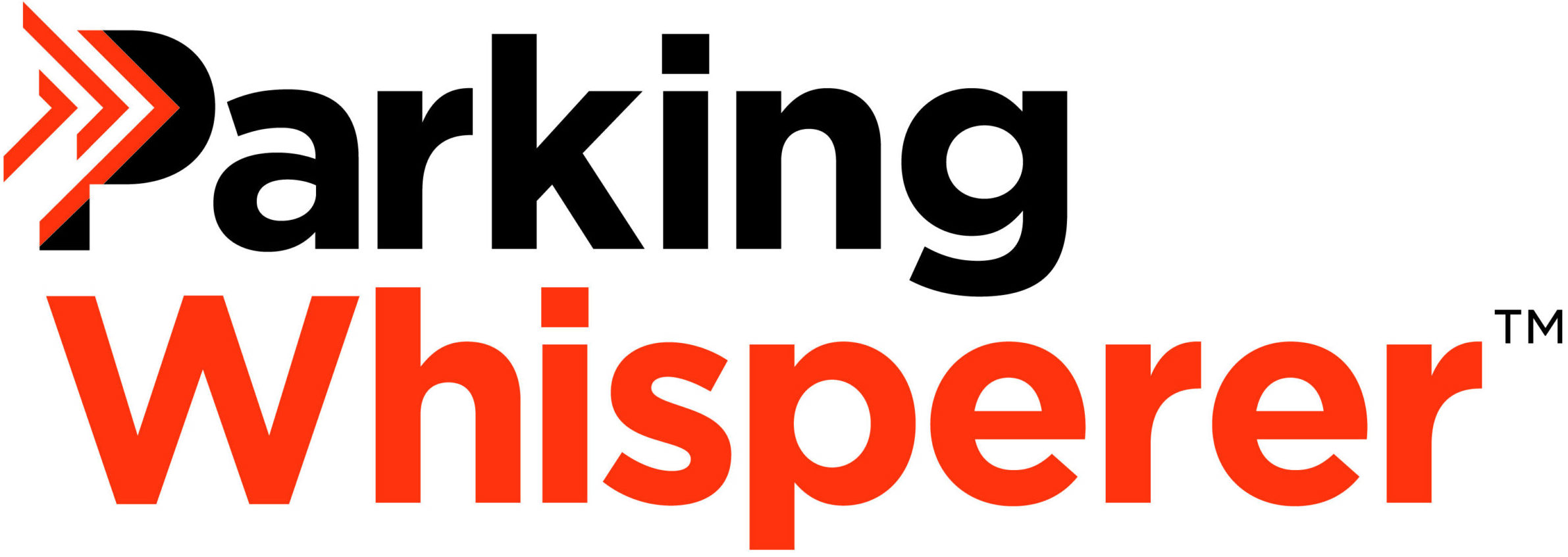This post originally appeared in the October 2017 issue of Parking Today.
Mobile payment in parking has come a long way in a few very short years. In its infancy, finding parking operators to adopt mobile payment technology took huge leaps of faith, and the belief that this was the future. Operators didn’t see a need for mobile payment, except to take credit cards. They were skeptical whether a customer would pay a transaction fee.
The first challenges that mobile payment had to overcome were how to get people to learn of the product and then use it. Signs, decals, advertising, social media – all have been tried to varying levels of success.
Ultimately, the largest determining factor in level of utilization of a mobile payment was the engagement level of the operators themselves. Those who promoted the platform received the largest customer utilization and customer satisfaction.
This trend continues today, but sadly most operators view mobile payment as a complementary service and commodity without understanding the true long-term possibilities of using a mobile payment platform to drive down costs and increase customer satisfaction. The impressive reporting and trend analysis that mobile payment provides also are often overlooked.
Another challenge is the procurement process. There is immense security in well-established procurement processes by most operators to ensure that they are receiving the best offering for their operation. Traditional procurement can fall short, which leads cities to make decisions that become problematic for them.
One goal of procurement is to secure the best pricing for their operation, (not just the cheapest), and they try to do so. Many other factors for consideration, other than price, quite often are overlooked.
Most are unaware of areas such as provider engagement (both with the client and the end-use customers); flexibility of the system; access to reporting and data; and many other areas. Often, only after the ink is dry do parking operators find out that they can’t do what they want, or can’t operate how they’d like, because they placed too high a priority on pricing.
There have been some changes in this area of late with a few RFPs, but the vast majority are still greatly flawed in order to properly evaluate a mobile payment platform.
The mobile payment space has been (and to some extent still is) littered with some smart technical minds, but limited operational understanding. Some vendors try to change the operator’s parking operation, rather than augment and support it. Operators know how to operate; the best mobile payment providers have experienced parking operators on their team – people who understand the challenges of parking. The great ones have those people in key leadership roles.
This makes all the difference. New companies pop up in this space – some smart technical minds who think “parking is easy” and feel they can solve all your problems. How can you solve today’s and tomorrow’s problems if you’ve never had the experience of running a parking lot?
The smart operators have placed great value in partnering with a mobile payment team that understands all their challenges.
Through it all, though, the space is just beginning to thrive. The forward-thinking parking operators – and those that have been burnt – are beginning to look at mobile payment differently, recognizing its value. They are looking more at the whole, rather than viewing mobile payment as just another piece.
Often, only after the ink is dry do parking operators find out that they can’t do what they want, or can’t operate how they’d like, because they placed too high a priority on pricing.
Evaluating the team in place, the strength and flexibility of the platform, and, most important, figuring out the long-term value and cost savings to their parking operation by implementing and promoting a mobile payment platform.
These same operators are investing in this implementation of the platform and encouraging increased customer adoption levels for major gains, operationally and fiscally.
The future is bright for mobile payment. As operators learn that in every case, their net revenue is higher using mobile payment than dumb meters, coin boxes, and even credit card (“smart”) meters, they have begun to embrace the service.
Consider the costs that are reduced or eliminated with mobile payment: payroll savings, worker’s comp reductions, no capital cost, not credit card fees, no gateway fees, no sign costs, no stickers, and the ultimate flexibility in rates and hours of operation.
A limited number of customers are now opening blocks of on-street and multiple off-street locations offering only mobile payment. This practice generates the greatest net return immediately with no capital or labor or other costs. Ongoing costs are the lowest due to consumers paying for all of them within their convenience fee.
With more and more groups looking for demand pricing, there is no better solution than mobile payment.

Comments are closed